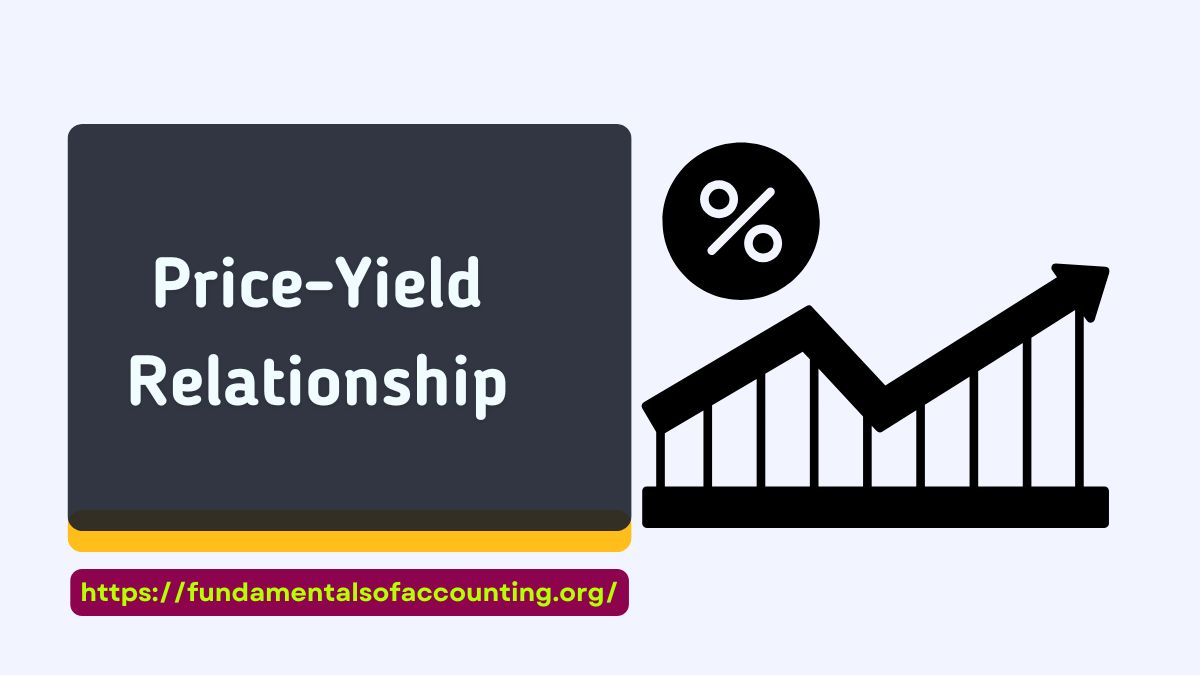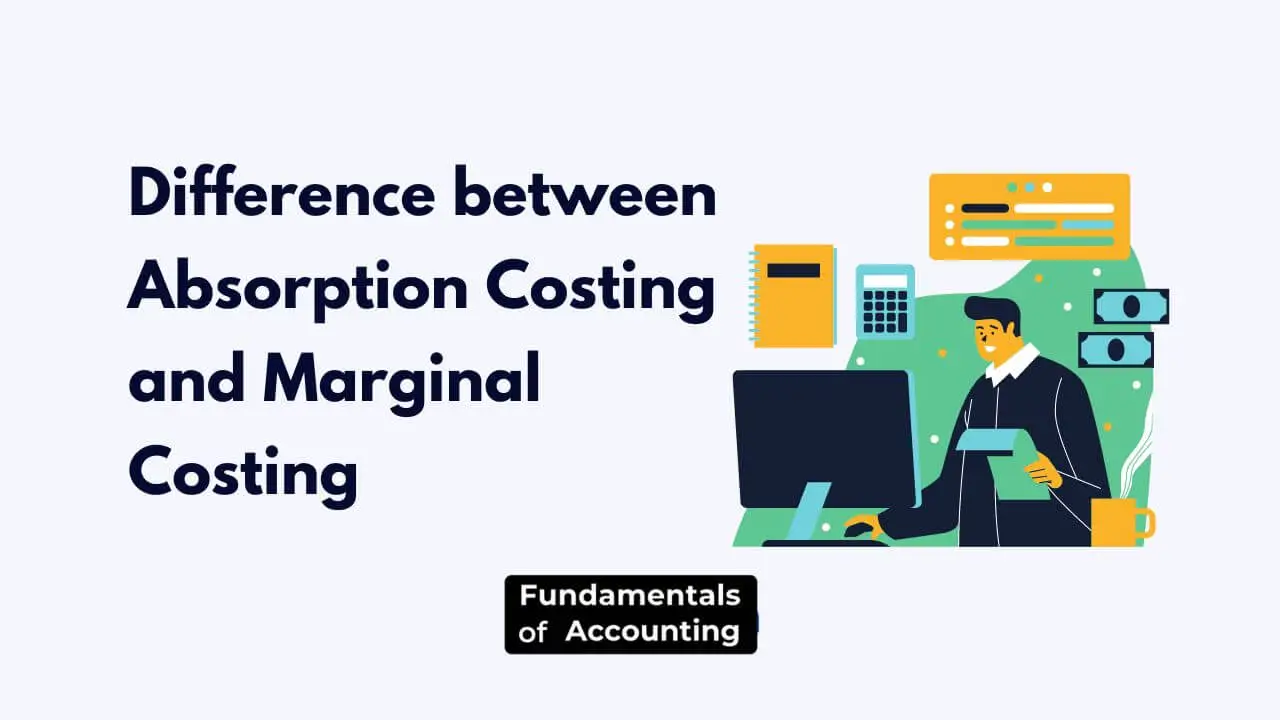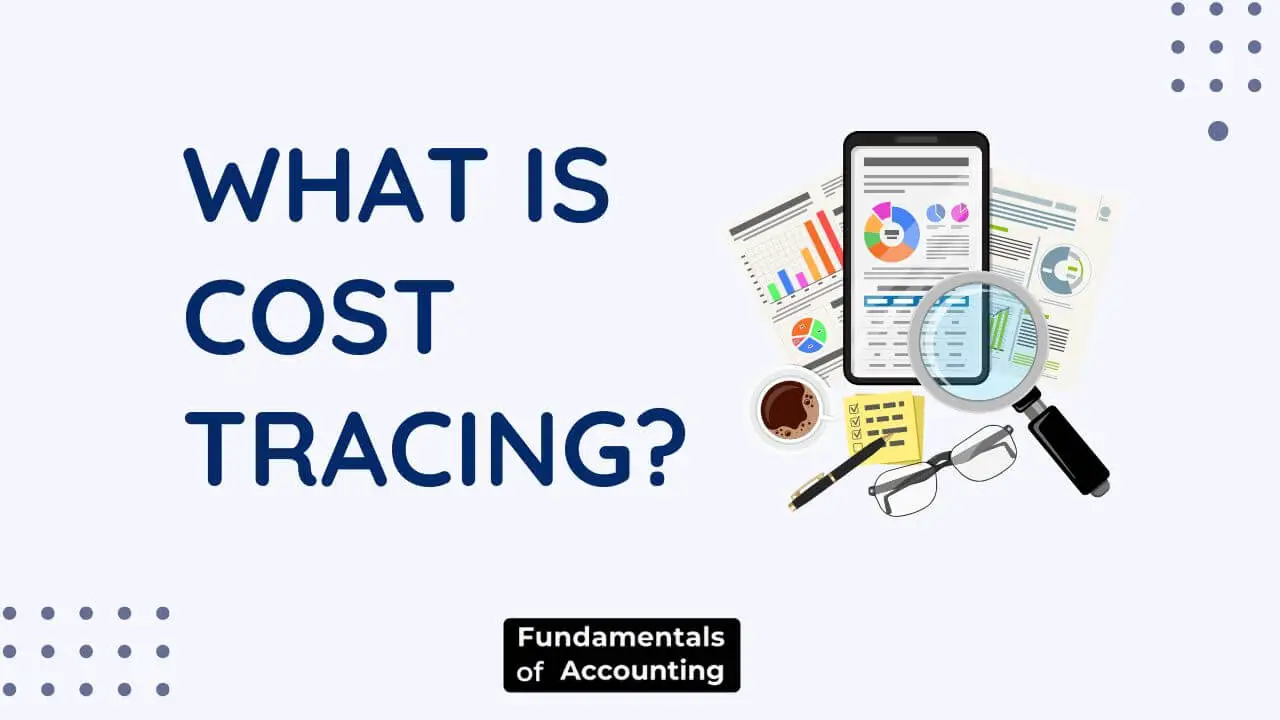Meaning and Definition of Absorption Costing

Absorption costing is a method of costing that includes all costs incurred in the production process, including both fixed and variable costs. Absorption costing, also known as full costing, is conventional in ascertaining costs. It is the practice of charging all variable and fixed costs to the operation, processes, and products. It is the oldest and […]
What is the Price Yield Relationship?

The Price Yield Relationship (also known as the price yield equation) refers to the relationship between the price of a security and its yield. The price yield relationship is an inverse relationship between the price of a security and its yield. The higher the security price, the lower the yield, and vice versa. In other […]
Definition of Overhead in Cost Accounting

Overhead is an essential category to be tracked and thus controlled in the cost accounting system for effective management of expenses because profitable operations are only sustainable if cost accounting is managed along a profitable line and also for operational efficiency. Overhead is the indirect cost incurred by the use of a business and cannot […]
Comparison between Standard Costing and Budgetary Control

Standard costing and budgetary control are two commonly used tools in the field of cost management. These methods play a significant role in helping organizations monitor their financial performance and make informed decisions. Standard costing involves setting predetermined costs for different activities, while budgetary control focuses on the comparison of actual results with planned budgets. […]
Marginal Costing and Absorption Costing difference

Absorption costing and marginal costing are two basic methods of cost accounting. Both the methods assist companies in ascertaining product costs, profitability, and pricing policies. They differ in their treatment of fixed costs, which impacts financial reporting and decision-making. In this post, we are going to discuss the difference between both costing approaches in cost […]
Difference between Absorption Costing and Marginal Costing

Absorption costing and marginal costing are two costing approaches that determine what should be the cost of a product. Let’s understand their differences. Absorption costing Absorption costing is allocating (absorbing) the cost of a product over the units produced and sold. It is possible to calculate an absorption cost through direct and indirect methods. Absorption […]
What is Cost Tracing – Meaning, Purpose and Challenges

Cost tracing is an important part of cost estimation. It allows us to compare costs for a given product between different cost centres. In order to do this, we need to determine the cost centre that is related to the product. Once this has been done, we should be able to make cost comparisons between […]
MCQ with Answers about Bonds and Bonds Value

Bonds and Bonds Value Quiz A) Coupon B) Face value. C) Maturity D) Yield to maturity. E) Coupon rate. Answer: A 2. The principal amount of a bond that is repaid at the end of the loan term is called the bond’s:A) Coupon B) Face value C) Maturity D) Yield to maturity E) Coupon rate. […]
What is Money Measurement Concept in Accounting?

The money measurement concept states that a corporation should only report those accounting transactions that can be represented in terms of money. It means that the focus of accounting transactions is on quantitative data rather than qualitative information. A high number of items are never reflected in a corporation’s accounting records, which suggests that they […]
Factors determining the credit policy of a firm

A company’s credit policy is vital in the management of cash flow, reduction of financial risks, and good customer relations. It establishes the terms upon which credit is offered to customers, such as payment terms, credit limits, and collection processes. A good credit policy balances increasing sales with the receipt of timely payments, thus affecting […]
